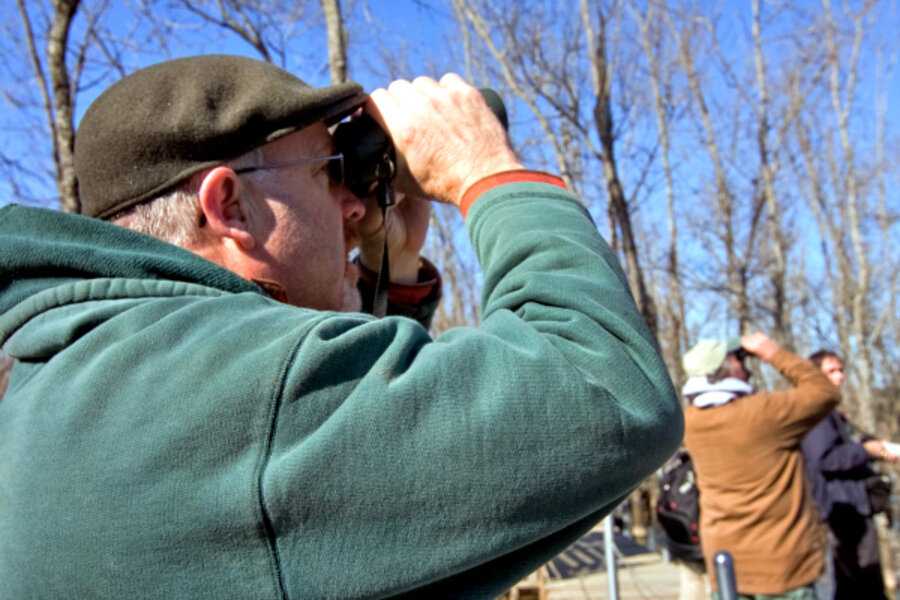Science for everyone
One definition of scientific research is “organized curiosity.”
People have always been curious: Now technology is getting them better organized.
With the help of personal computers and smart phones, so-called citizen scientists are making more and more important contributions to science. The projects range from tracking birds, sharks, or other wildlife to checking on water quality in a local stream or pond or poring through images of galaxies or ancient manuscripts to capture data. Citizen science is crowdsourcing meets Isaac Newton or Benjamin Franklin, to name a couple of long-ago famous amateur scientists.
The knowledge being gained from citizen science is significant, and likely to become more significant as the number of citizen scientists increases. But perhaps equally important is the opportunity it provides for ordinary citizens to get a firsthand feel for the work of a scientist: how scientists approach a problem, gather data, test theories. And, in at least a few cases, feel a bit of the thrill when a new discovery is made or a new understanding reached.
Among the myriad citizen science projects under way today:
•Galaxy Zoo uses volunteers to classify galaxies by examining images online. Humans have a relatively easy time distinguishing differences in galaxy shapes, something computers still find difficult. The results are also used to help “train” computer programs to do a better job at this task.
•Snapshot Serengeti asks for the public’s help in cataloging millions of photos taken by heat-and-motion-activated cameras in Serengeti National Park in Tanzania. Many people look at each photograph online, and while not every person who gives it a try is successful at identifying the wildlife he or she sees, the combined effort results in highly accurate data.
•US Gulf Coast residents used aerial images taken from balloons they launched themselves to document the effects of the Deepwater Horizon oil spill of 2010. All the equipment was easily obtainable off-the-shelf. Kites and remote-controlled airplanes also can be used in this way; no satellite needed.
•Old Weather recruits citizen scientists to capture climate data recorded in old ship logs. For centuries sailors kept detailed handwritten records of the weather conditions they encountered each day. The information is usually quite accurate, but pulling the data together in order to see a bigger picture of weather trends over time had been impossible until citizen scientists pitched in over the Web (again, computerized reading programs are still shaky at deciphering handwriting). A volunteer begins as a “cadet” and advances to being an officer and eventually “captain” of a ship by deciphering more logs.
Birders were among the first citizen scientists. The Audubon Society began a nationwide Christmas bird count in 1900. Today eBird, a program at the Cornell Lab of Ornithology, based at Cornell University, has collected 141 million reports from amateur birders, who can file their observations straight from the field using their smart phones.
Spending time as a citizen scientist can get people, including young students, away from computer screens and out into the natural world for a close look at what it can reveal. Others, if they wish, go far afield (even into outer space!) sitting still at their home computer screens, helping scientists make new observations.
Beyond the science that is accomplished, these programs produce additional benefits: They introduce the public to the world of science, increase their knowledge of a particular field of science, and expose them to the vocabulary and methods of science.
And perhaps citizen science can also lift some of the veil of mystery about what scientists do, helping to build public trust in the work of scientists and the value of scientific endeavor.





